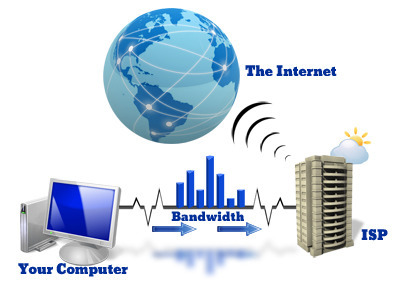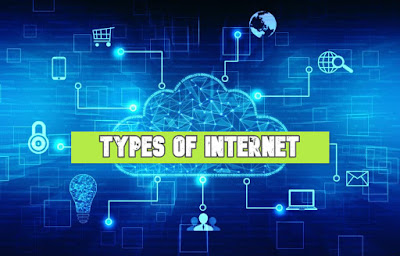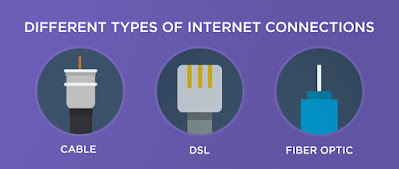Bandwidth
While “bandwidth” and “internet speed” are often used interchangeably, they actually refer to two different aspects of internet service. Internet speed is the measure of how fast information is transferred, while bandwidth refers to the capacity of an individual internet connection. So if your internet connection has a bandwidth of 5 Mbps, your speed would only be that fast if it’s operating at full capacity.
Several factors can slow your internet speed from reaching its full bandwidth, but a connection’s bandwidth will always cap how fast it can transmit information over the internet. This is why Internet Service Providers list their internet services with speeds “up to” a given speed. They aren’t really advertising the speeds of their services; they’re advertising the bandwidth of their connections by informing you of the highest speed those connections are capable of transmitting.
Broadband
The term “broadband” has largely been replaced by “high speed,” but this carries the same false-equivalency as referring to “bandwidth” as “internet speed”.
As internet-connection technology improved, particularly in the 1990s, it allowed the transmission of information over a much larger variety of frequencies. Thus the term “broadband” was used to describe this wide (broad) range of frequencies (bands). In the current vernacular, broadband essentially refers to any type of internet connection except dial-up, but according to the FCC, an Internet service must deliver at least 25 Mbps download speed and at least 3 Mbps upload speed to qualify as broadband.
So what are the different types of internet?
Types of Internet & How They Affect Your Speed
Internet connections come in five basic types: dial-up, DSL, cable, fiber, and satellite.
Fiber internet is the fastest widely available internet technology. It uses fiber-optic cables, which are capable of transmitting large amounts of information quickly. While fiber is fast, it isn’t available in as many areas as other types of internet. Much of the limitation in its availability stems from the high cost of creating its network infrastructure.
Cable internet uses the same types of cables that transmit cable TV services. It has broadband capability and thus can reach high speeds. It is usually available through current or former cable TV providers in their respective areas. Cable internet speeds are usually similar to DSL speeds, but can be even faster in some areas.
DSL, short for Digital Subscriber Line, uses a connection that looks similar to a phone line, but the wiring inside is different and allows for broadband transmission. This makes DSL much faster than dial-up. Current or former telephone companies that also provide internet service often use this technology, and it is usually available throughout their service areas.
Satellite internet is delivered wirelessly to the receiver, but it still requires wires to transport the signal from the receiver to different locations throughout the building. Because it’s wireless, it’s available almost anywhere in the United States. Satellite internet has bandwidth comparable to DSL and cable but can often feel slower due to latency.
Dial-up is the slowest connection technology because it can’t support broadband and thus has limited bandwidth. (See the previous section for more information about this.) Because of its technological limitations, it is almost obsolete.
Latency
Latency is the time required for a signal to travel from one computer to another computer on the network and back. In terms of internet service, latency usually means the time required for a signal to travel to the Internet Service Provider’s (ISP’s) server and back. Latency is sometimes called ping rate, which is in turn often shortened to “ping.” This is a slight misnomer because the ping is actually the signal sent to test latency, not the actual latency itself. In either case, the lower the number the better. High ping, or high latency, will result in longer wait times when information uploads to or downloads from the internet.
Satellite internet has high latency because the signal must travel to a satellite orbiting the earth and back in order to reach the ISP’s server. This distance is much farther than those of land-based internet connections. Traveling from the satellite to Earth takes more time, leading to higher latency.
Conclusion:
Keep the strengths and weaknesses of the different types of internet in mind when you choose which service to order. Some types of internet may serve your particular needs better than others. For example, someone on a tight budget may want to avoid fiber, while someone in a remote area should focus on satellite providers.
Another thing to consider is which ISPs offer service fast enough to handle the internet activities you enjoy the most. To know that, you’ll need to find the answer to the next question in this guide.









No comments:
Post a Comment